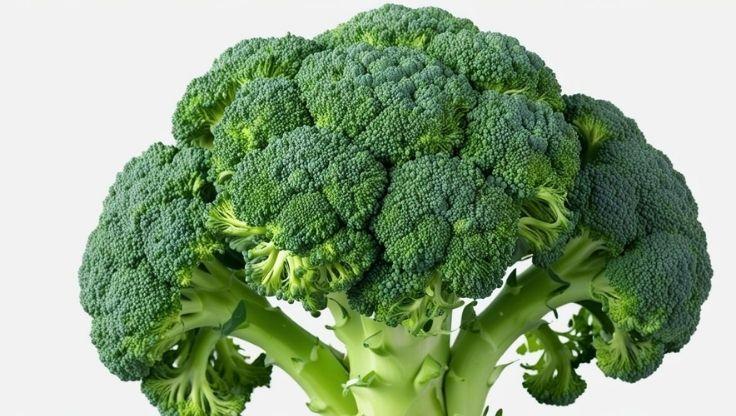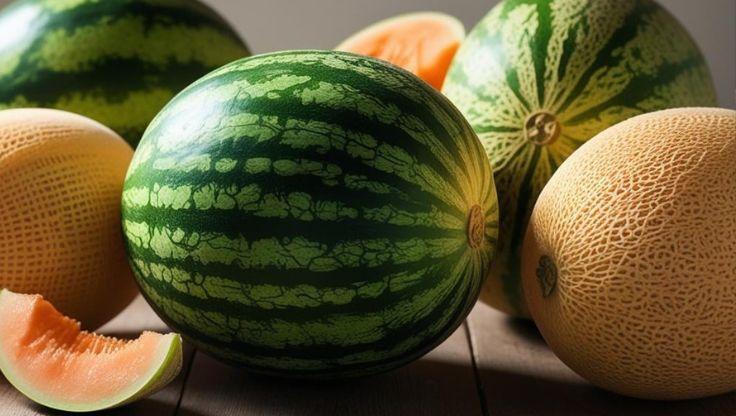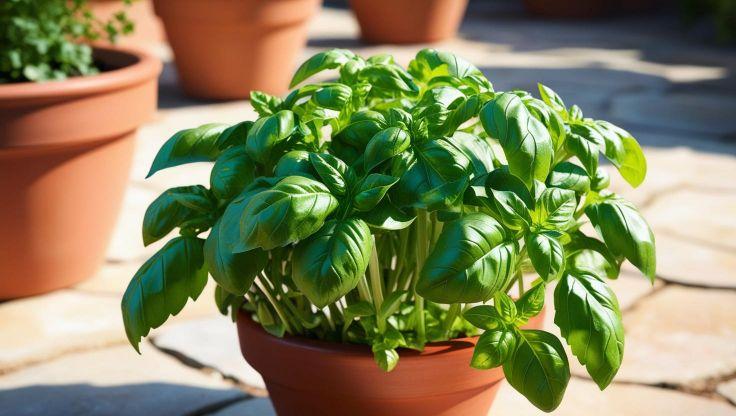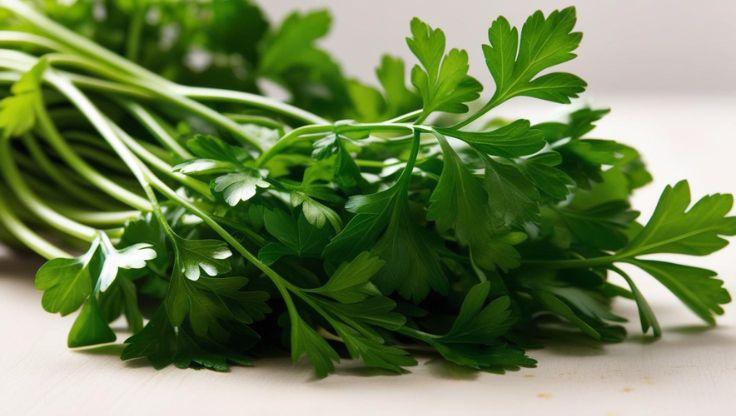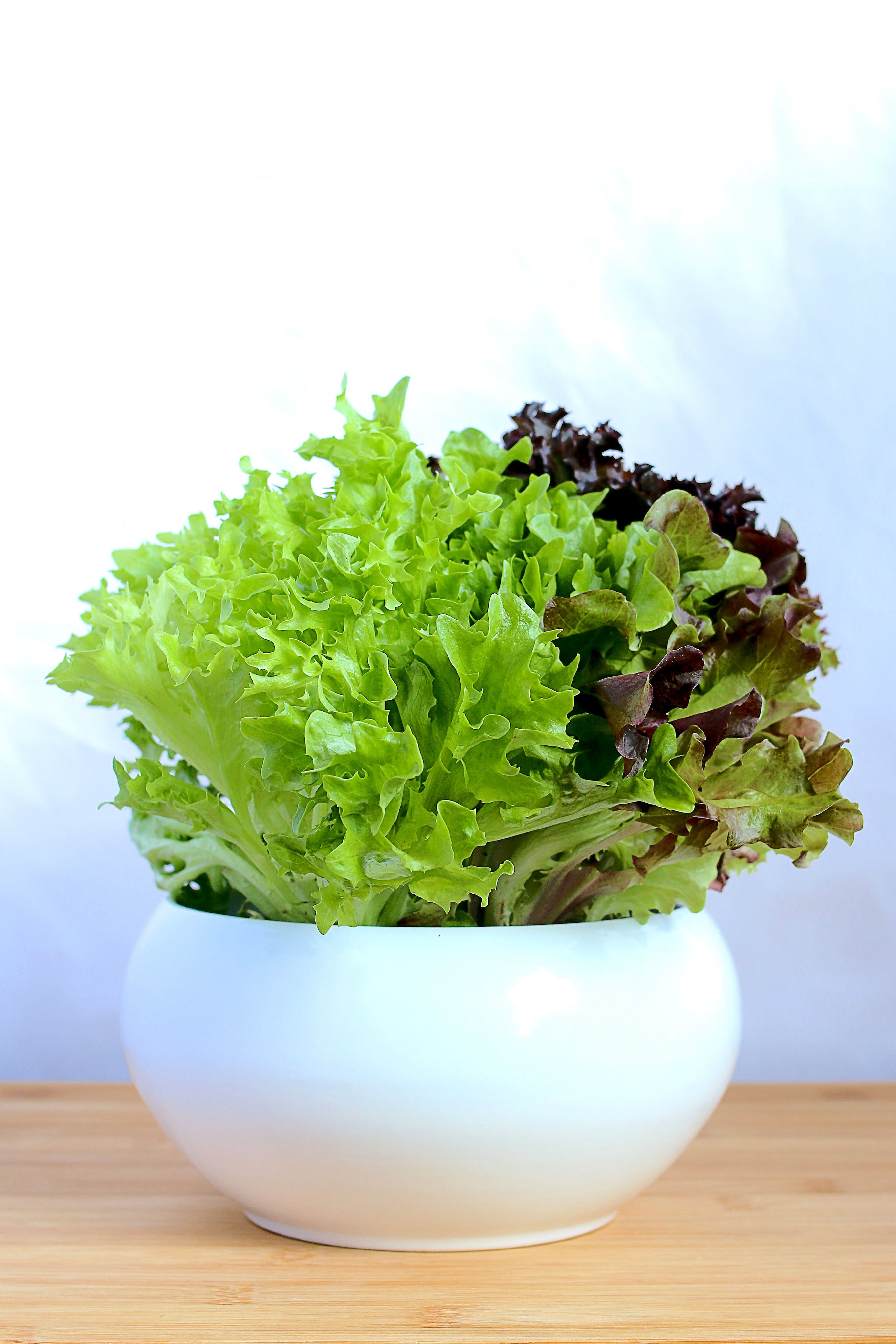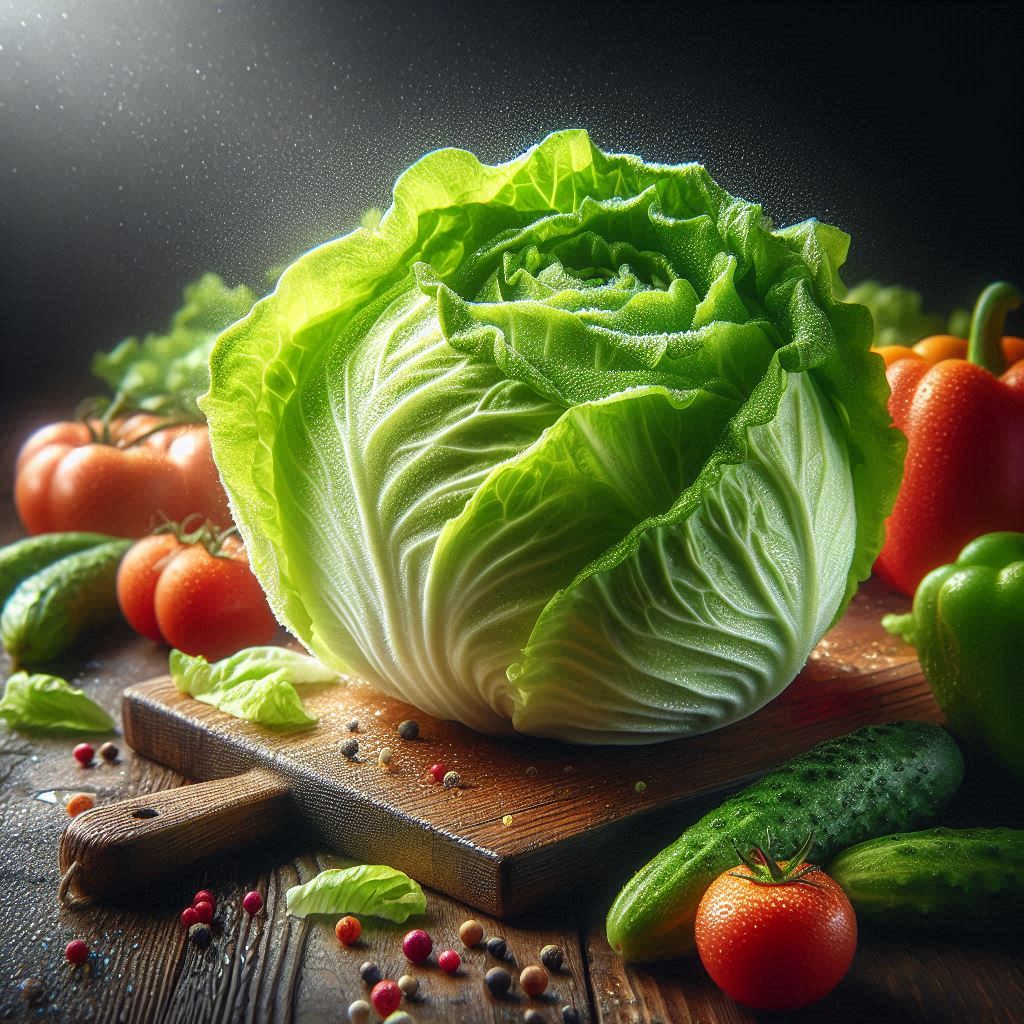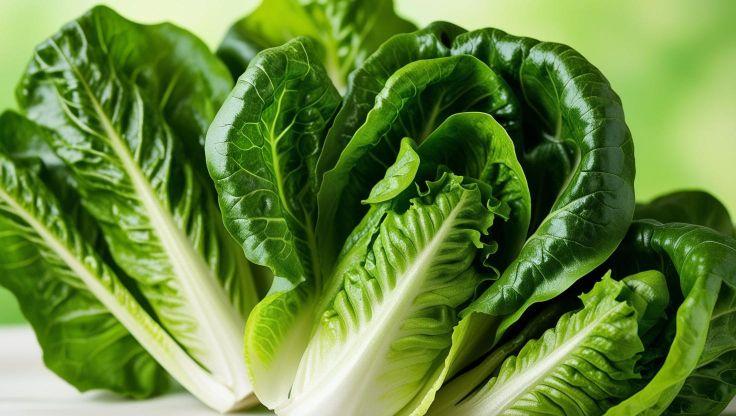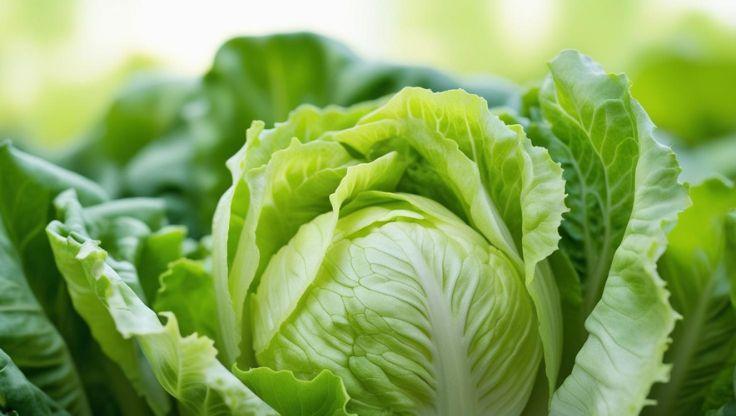Hydroponic Plants: A Guide to Growing Arugula in a Hydroponic System
Arugula (Eruca vesicaria), a peppery Brassica vegetable, is widely cultivated for its distinct flavor and nutritional benefits. Originating from the Mediterranean region, arugula has been a staple in salads and gourmet dishes for centuries. Unlike traditional soil-based farming, hydroponic plants thrive in controlled environments, ensuring optimal nutrient absorption and faster growth. The hydroponic system eliminates soil-related challenges, leading to higher yields and superior plant quality.

Optimized Hydroponic Growing Conditions for Arugula Plants
Arugula is a fast-growing hydroponic plant, thriving in controlled environments where nutrient delivery, light exposure, and climate conditions are precisely managed. By maintaining optimal pH, electrical conductivity (EC), lighting, temperature, and humidity, growers can maximize yield and quality.
Ideal pH and EC Levels for Hydroponic Arugula
Maintaining the correct pH and EC levels is essential for nutrient absorption and overall plant health. Arugula requires a pH range of 6.0–6.5, which facilitates efficient uptake of essential minerals. However, some sources suggest that arugula can tolerate a slightly broader range of 6.0–7.5, depending on the hydroponic system. The ideal EC range is 0.8–1.4 mS/cm, which is lower than some leafy greens, ensuring balanced nutrient delivery without excessive salt buildup.
Light, Temperature, and Humidity Requirements
Arugula requires 12–18 hours of light daily, preferably from full-spectrum LED grow lights, which provide consistent illumination without excessive heat. The optimal temperature range is 18–24°C, ensuring steady growth while minimizing plant stress. Additionally, maintaining humidity levels between 60–70% is essential to prevent fungal diseases and promote healthy leaf development. Proper air circulation and humidity control help sustain a thriving growing environment.
Additional Considerations for Hydroponic Arugula Cultivation
- Nutrient Solution: A well-balanced hydroponic nutrient mix rich in nitrogen, phosphorus, and potassium supports robust growth.
- Growing Medium: Using coco coir, rockwool, or perlite ensures adequate root support and moisture retention.
- Water Quality: Regular monitoring of pH and EC levels prevents nutrient imbalances and enhances plant resilience.
By optimizing these factors, growers can cultivate high-quality hydroponic plants, specifically arugula, with enhanced flavor and texture. Hydroponic systems offer a controlled environment, reducing the risk of soil-borne diseases and improving overall efficiency in arugula production
Optimized Nutrient Solutions & Water Management for Hydroponic Arugula
Arugula is a fast-growing hydroponic plant, requiring precise nutrient balance and water management to thrive in a controlled environment. Ensuring optimal nutrient delivery and maintaining water quality are essential for vigorous growth and high yields.
Macronutrients for Hydroponic Arugula
A well-balanced nutrient solution rich in nitrogen (N), phosphorus (P), and potassium (K) is crucial for robust leaf development. The recommended ratio for hydroponic arugula varies by growth phase:
- Seedling Stage: Higher nitrogen content (N-P-K 10-5-10) to support early leaf formation.
- Vegetative Growth: Balanced nutrients (N-P-K 8-4-12) to enhance foliage density.
- Pre-Harvest Phase: Increased potassium levels (N-P-K 6-3-15) to improve leaf texture and flavor.
Additionally, secondary nutrients such as calcium (Ca) and magnesium (Mg) aid in leaf formation and strengthen plant structure, preventing deficiencies that could hinder growth.
Water Management Strategies for Hydroponic Plants
Water quality plays a vital role in hydroponic arugula cultivation. Maintaining consistent moisture levels prevents stress and promotes steady growth. Hydroponic systems such as Nutrient Film Technique (NFT) or Deep Water Culture (DWC) provide efficient nutrient delivery while preventing water stagnation.
To optimize water management:
- Monitor EC levels (1.8–2.2 mS/cm) regularly to prevent nutrient imbalances.
- Ensure adequate oxygenation using air pumps or aeration stones.
- Replace nutrient solutions periodically to maintain freshness and prevent buildup of unwanted compounds.
By optimizing these factors, growers can cultivate high-quality hydroponic plants, specifically arugula, with enhanced flavor and texture. Hydroponic systems offer a controlled environment, reducing the risk of soil-borne diseases and improving overall efficiency in arugula production.
Optimized Seed to Harvest Process for Hydroponic Arugula
Arugula is a fast-growing hydroponic plant, thriving in controlled environments where nutrient delivery, oxygenation, and climate conditions are precisely managed. Understanding its growth cycle—from seed germination to harvest—is essential for maximizing yield and quality.
Germination and Early Growth
Arugula seeds require 2–3 seeds per hole for successful germination, ensuring strong initial growth. Germination typically occurs within 7–10 days, provided the seeds are sown in a seedling tray with a suitable grow medium such as rockwool or coco coir. These substrates offer excellent moisture retention and aeration, promoting healthy root development. Maintaining a consistent temperature of 18–22°C (64–72°F) during germination accelerates sprouting and enhances seedling vigor.
Seedling Development and Transplanting
After 2–3 weeks, seedlings develop a robust root system and are ready for transplantation into a hydroponic system. At this stage, ensuring adequate light exposure (12–14 hours daily) and maintaining optimal pH levels (6.0–6.5) supports healthy growth. Hydroponic setups such as Nutrient Film Technique (NFT) or Deep Water Culture (DWC) provide efficient nutrient delivery, promoting rapid leaf expansion and strong root formation.
Maturity and Harvesting
Arugula reaches maturity 30–40 days post-germination, making it one of the fastest-growing hydroponic plants. Hydroponic cultivation accelerates growth by ensuring consistent nutrient absorption, leading to enhanced leaf quality and flavor. Harvesting can be done using a cut-and-come-again method, allowing multiple harvests from a single planting cycle.
Popular Arugula Varieties for Hydroponic Cultivation
Several arugula varieties are well-suited for hydroponic plants, offering adaptability and high yields:
- Rocket Arugula – A widely cultivated variety known for its peppery flavor and resilience in hydroponic systems.
- Astro Arugula – Characterized by broader leaves and a milder taste, making it a popular choice for salads.
- Wild Arugula – A hardy variety with a stronger flavor, ideal for year-round cultivation in hydroponic environments.
Uses and Benefits of Hydroponic Arugula
Arugula is a nutrient-rich hydroponic plant, widely recognized for its culinary versatility, health benefits, and sustainability advantages. Its adaptability to hydroponic systems makes it an excellent choice for growers seeking efficient and eco-friendly food production.
Culinary Applications
Arugula is a staple Brassica vegetable, frequently used in global cuisines for its distinct peppery flavor. It enhances a variety of dishes, including salads, sandwiches, pasta, and pizzas, adding a fresh, slightly spicy taste. Additionally, arugula is often blended into sauces and dressings, providing a bold kick to pesto, chimichurri, and vinaigrettes. Its ability to complement both raw and cooked dishes makes it a favorite among chefs and home cooks alike. Hydroponic cultivation ensures a consistent supply of fresh arugula, making it readily available for culinary use year-round.
Health Benefits
Arugula is packed with essential nutrients, including antioxidants, vitamin C, and fiber, which support heart health, digestion, and immune function. Its high levels of folate and vitamin K contribute to bone strength and cardiovascular wellness. Studies suggest that glucosinolates, natural compounds found in arugula, may have anti-inflammatory and cancer-fighting properties. Additionally, its fiber content aids in gut health, promoting better digestion and nutrient absorption. Hydroponic cultivation enhances nutrient density by providing optimal growing conditions, ensuring that arugula retains its health benefits.
Arugula is an excellent choice for hydroponic growers, offering nutritional benefits, culinary versatility, and sustainable farming advantages. Its ability to thrive in controlled environments makes it a valuable addition to any hydroponic setup.
Research for expert insights
These resources deliver valuable expertise and in-depth content for those seeking more knowledge.
|
Company/Institution |
Article Title |
Article Link |
|---|---|---|
|
AIP Conference Proceedings |
Growth and yield of Arugula (Eruca vesicaria ssp. sativa) in static hydroponic with CaCl₂ application |
|
|
Springer |
Nutrition and yield of hydroponic arugula under inoculation of beneficial microorganisms |
|
|
MDPI |
Photosynthesis, Biomass Production, Nutritional Quality, and Flavor-Related Phytochemical Properties of Hydroponic-Grown Arugula |
|
|
University of Georgia & Purdue University |
Arugula and Lettuce Responses to Greenhouse Hydroponic Systems: An Analysis of Yield and Resource Use Efficiencies |
Their methodical study presents detailed expertise, making them a crucial reference for anyone looking to enhance their knowledge.







